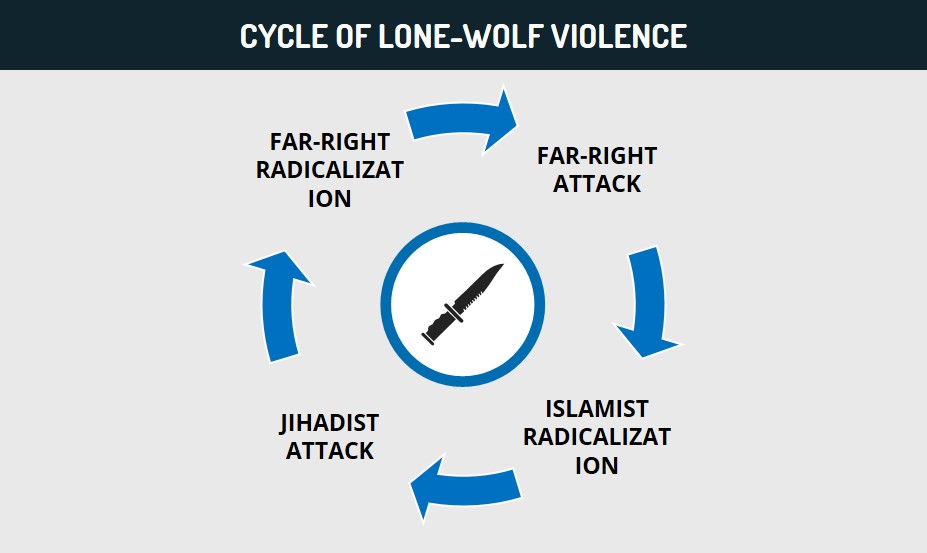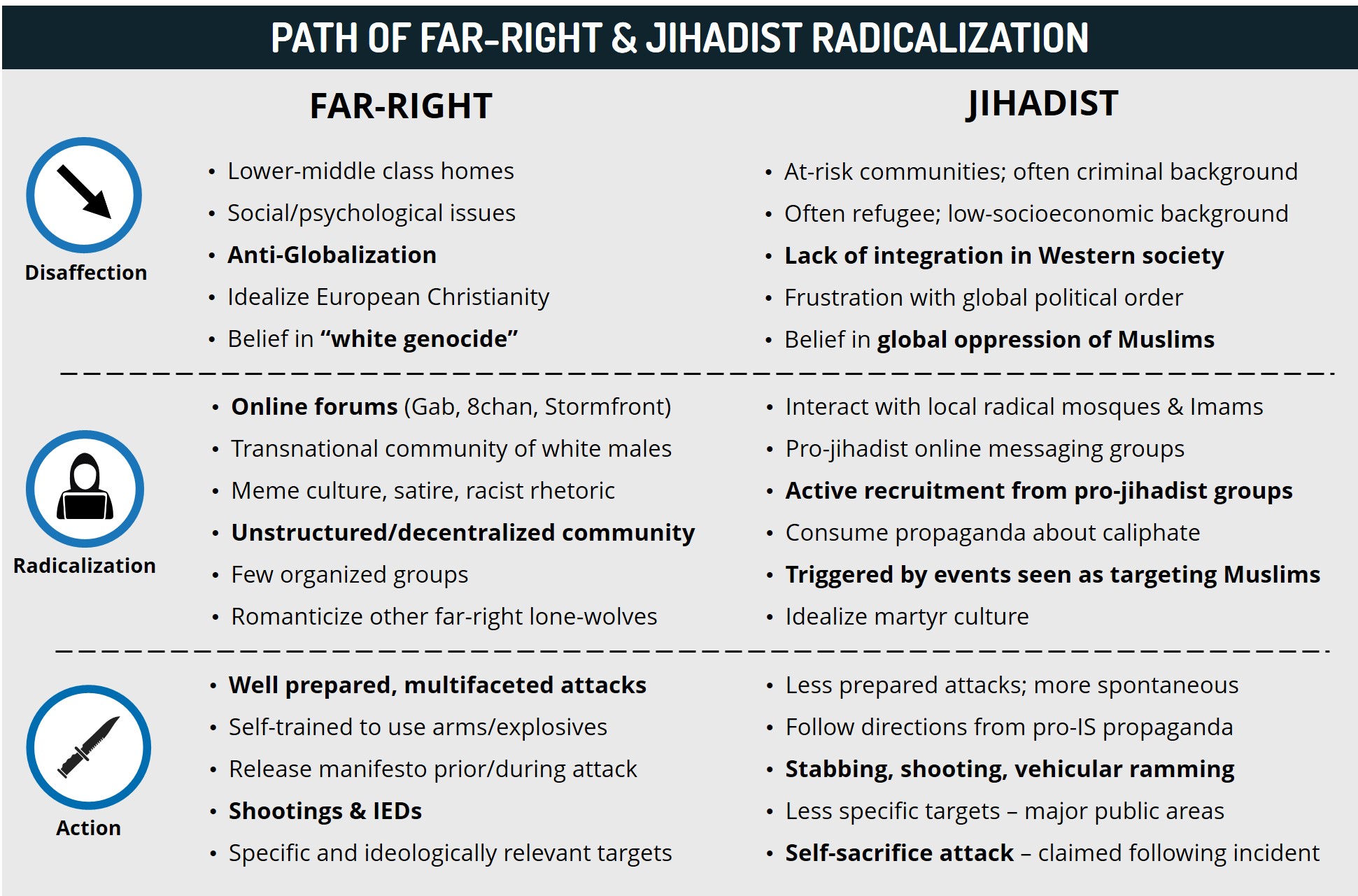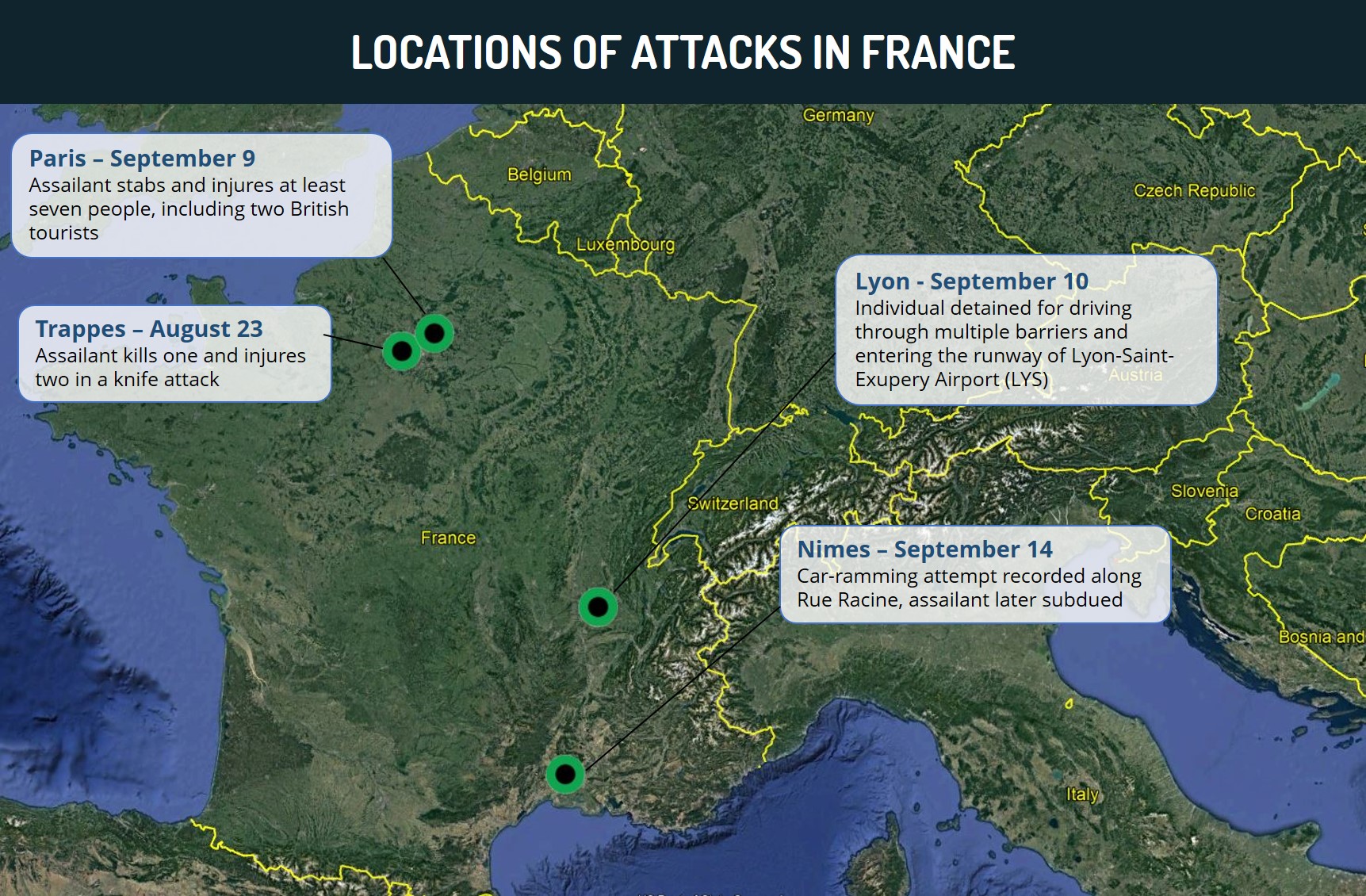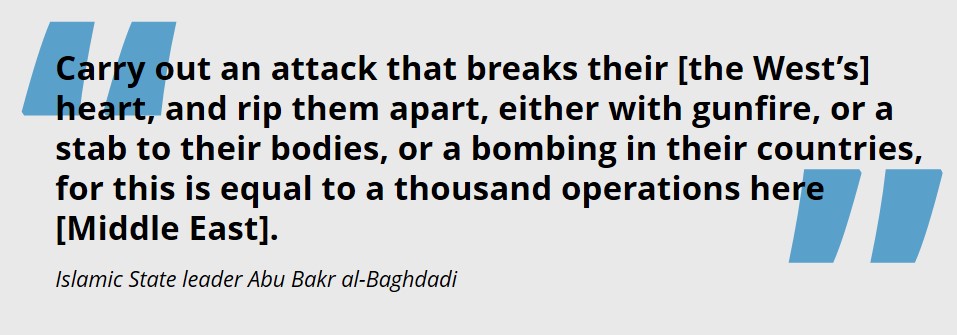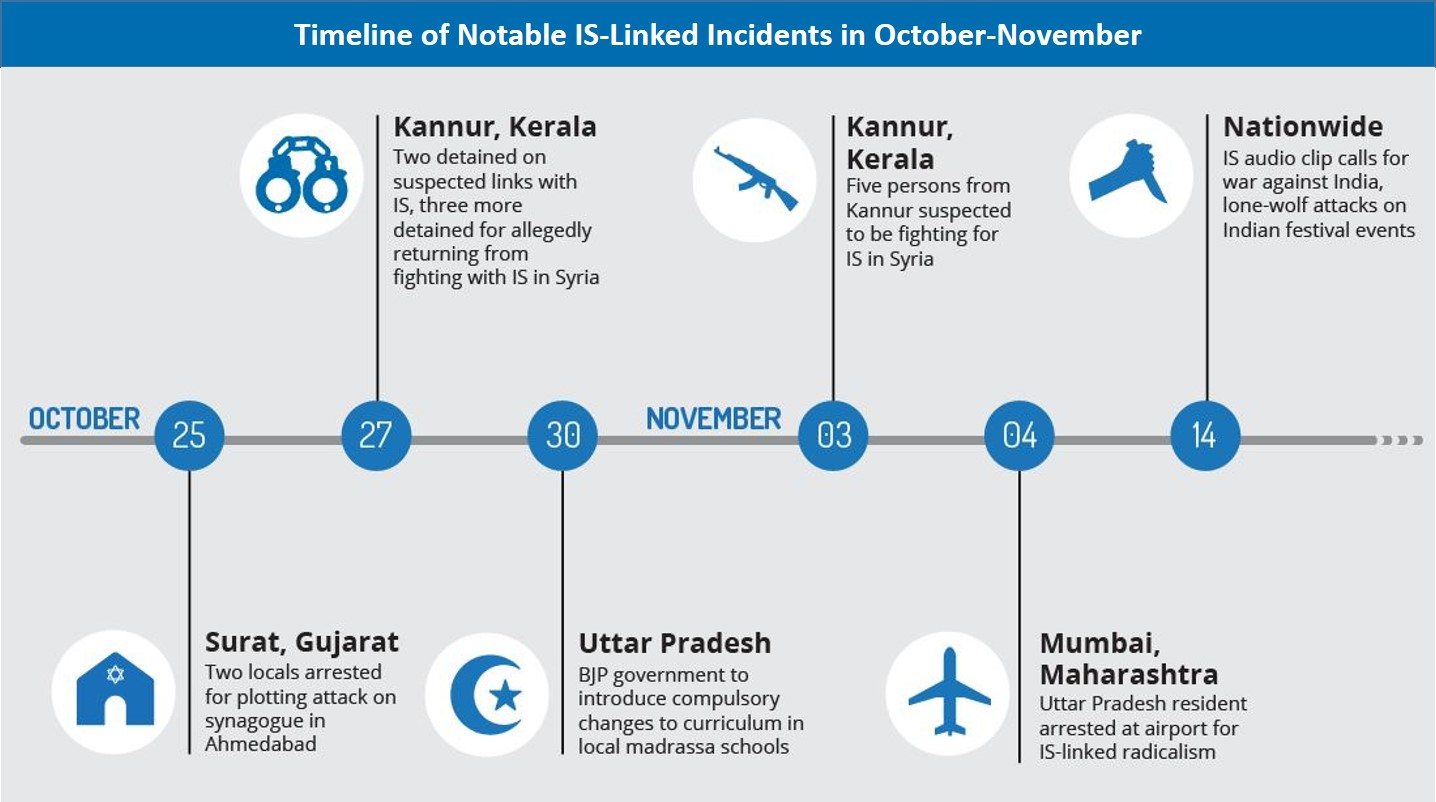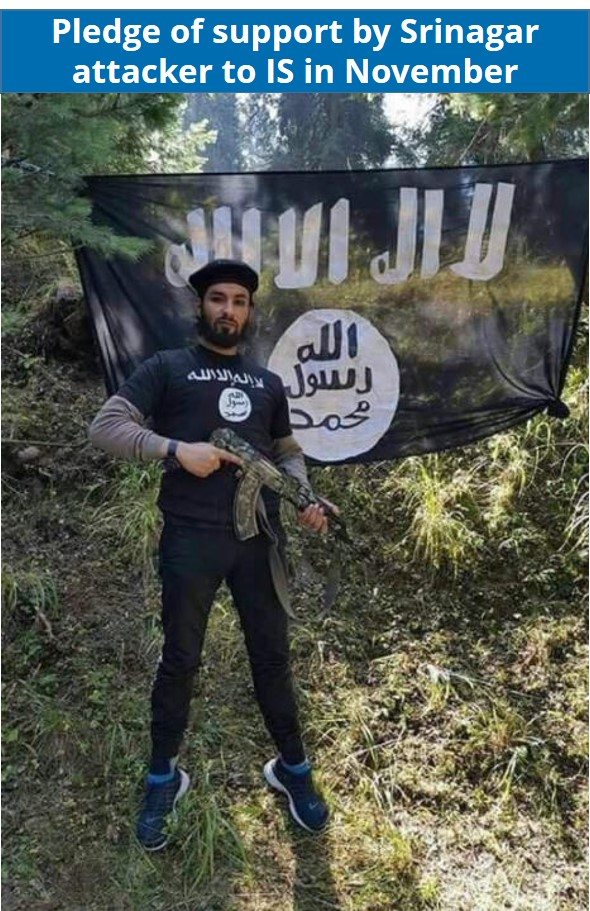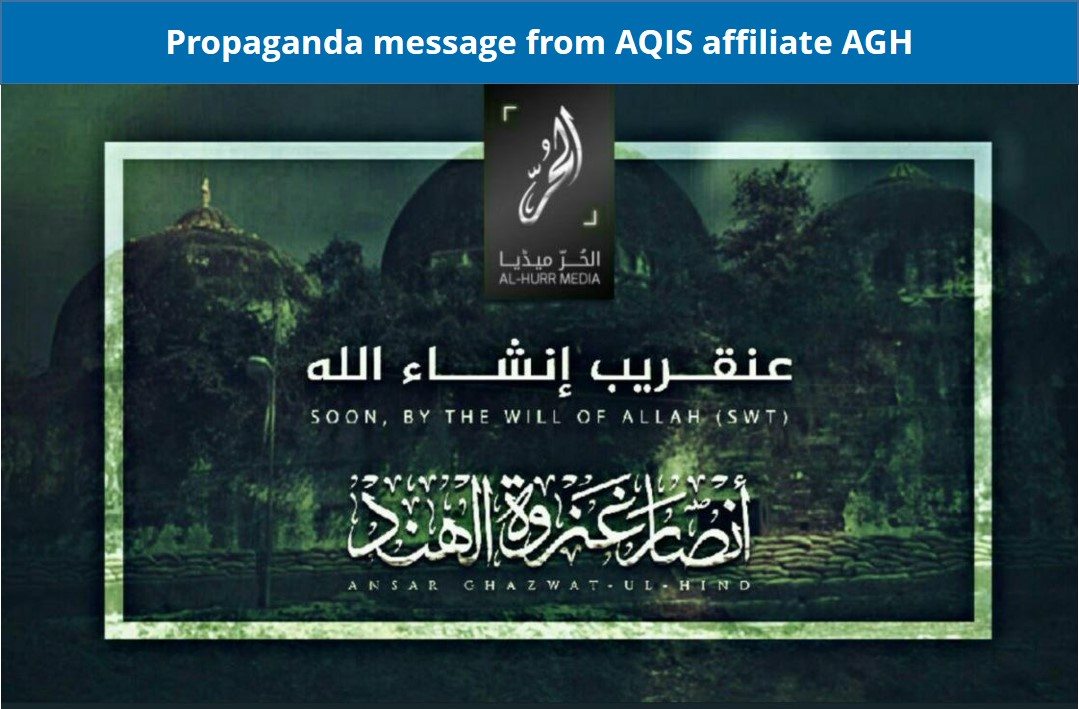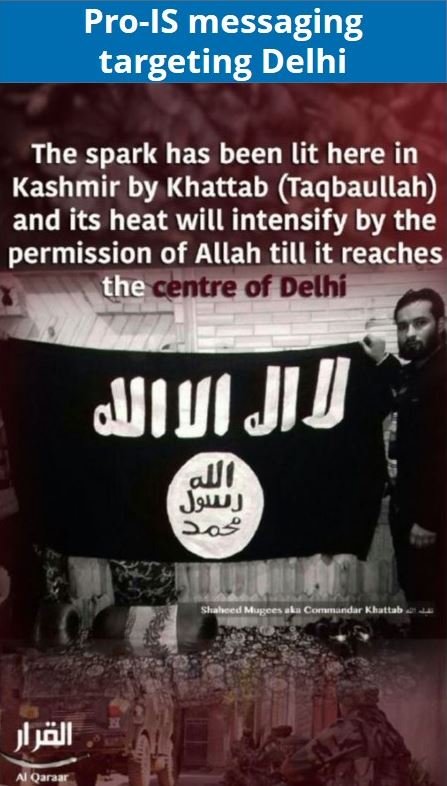Written by Ollie Wiltshire and Ziv Reuben
Executive Summary
Following the deaths of 50 people in the Christchurch Mosque shootings, Islamist groups, including al-Qaeda and Islamic State, called for reprisal attacks on far-right and Christian sites.
The rhetoric of the New Zealand shooter and the publications from the jihadist groups underscore that the two ideologies are catalyzing each other and increasing radicalization and the potential for attacks.
Far-right militants are more likely to be radicalized by the decentralized online community who perpetuate extremist ideologies. They are more likely to attack specific targets with ideological significance.
Jihadist militants are often radicalized by pro-Islamist online messaging groups and are targeted by recruiters to carry out attacks. They are more likely to attack public places in urban areas.
Threats to Global Businesses
This interactive relationship between far-right and jihadist lone-wolves has a number of implications on global businesses:
- Potential for attacks will increase around times of heightened tensions between Muslim communities and nationalist communities.
- Companies that are deemed by either the far-right groups or jihadists to be opposing one ideology or aiding the other may become specific targets. This threat is particularly relevant with regards to the far-right, who are more likely to attack specific companies.
- Those who may be radicalized may not be obviously adhering to extremist ideologies and may be mostly interacting with such groups online. They could be hard to detect and may be working within an organization.
- Targets with specific cultural significance are more likely to be attacked. This includes religious sites or overtly religious gatherings.
Christchurch Attack and Aftermath
50 people were killed and 50 others wounded in two consecutive shooting attacks at the Al Noor Mosque and Linwood Islamic Center in Christchurch, New Zealand during the Friday afternoon prayers on March 15. The perpetrator, a 28-year-old Australian identified as Brenton Tarrant, was arrested shortly after; he live-streamed parts of the attack.
The attack was carried out using two assault rifles, two shotguns, and another rifle. These firearms were reportedly bought via an online store. Two undetonated IEDs were found attached to a car in the area.
The suspect released a document detailing his motivations and ideologies, which he also emailed to Prime Minister Jacintha Arden. According to Tarrant, his motivation for the attack was to “crush immigration and deport those invaders already living on our soil”. Tarrant states that he developed his views in 2017, and was influenced by the Stockholm vehicular attack and French elections that year. He claimed that he traveled through Western Europe during this time.
Following the attack, Islamic State (IS) and al-Qaeda (AQ)-linked online groups released a series of messages calling for attacks on churches and Christians as a retaliation for the Christchurch attack.
The media foundations al-Andalus and Az-Zallaqa released a statement on March 18 in response to the attacks on two mosques in Christchurch, New Zealand calling on supporters to attack members of the far-right. Al-Andalus is the media outlet of al-Qaeda-Islamic Maghreb (AQIM), operating in North Africa, while Az-Zallaqa is the media outlet of Jamaat Nusrat al-Islam waal Muslimeen (JNIM), an al-Qaeda coalition operating in sub-Saharan Africa. The statement encourages young Muslims to carry out attacks on members of the far-right for inciting hatred and attacks on Muslims, specifically mentioning those who supported the attack in Christchurch within the media and on social networks.
Relationship between Far-right and Jihadist Radicals
While the New Zealand attack was clearly a part of the ongoing trend of far-right attacks being carried out by individuals radicalized online, the quick and strong response from jihadist groups over the incident is highly notable. It appears that the cycle of violence between the far-right and jihadist groups is escalating, with online communities radicalizing young European individuals to carry out lone-wolf attacks against Muslims and jihadist groups calling on lone-wolf Muslim youth to respond in kind. In this regard, it is important to note that the threat of self-radicalized individuals carrying out attacks now comes from two ends of the extremist ideological spectrum, both far-right and jihadist.
In addition, the rhetoric being used by the far-right and the rhetoric being used by jihadist groups feed into each other, escalating the threat of violence with each attack. That is to say, when a major attack carried by a jihadist militant occurs, far-right online chatter will increase and anti-Muslim sentiment will rise. This has the potential to push certain individuals towards carrying out lone-wolf attacks, which will then increase radicalization among Muslim communities. Although this is likely to happen throughout the world, areas where Muslim communities and communities of European descent meet are likely to be the most affected, including Western Europe, North America, Australia, and New Zealand.
Recommendations
Avoid the vicinity of far-right protests, rallies, or buildings due to the potential for jihadists to target such gatherings.
Maintain vigilance in the vicinity of religious sites, refugee centers, or any institution which may be perceived to be linked to immigration.
Remain cognizant of your surroundings, including any suspicious behavior of individuals, which may include a person wearing winter clothing during warm weather and/or seemingly wandering around, as well as items that look out of place, such as bags or containers.
Immediately alert authorities of any suspicious behavior or items.
Public, private, and third sector organizations are advised to increase their awareness of threats on social media through the use of threat monitoring services. Increased awareness of an organization’s political footprint and perceptions from fringe online groups can help uncover potential violent actors and plots before they occur.
The 2019 Geopolitical Predictive Analysis is now available:


